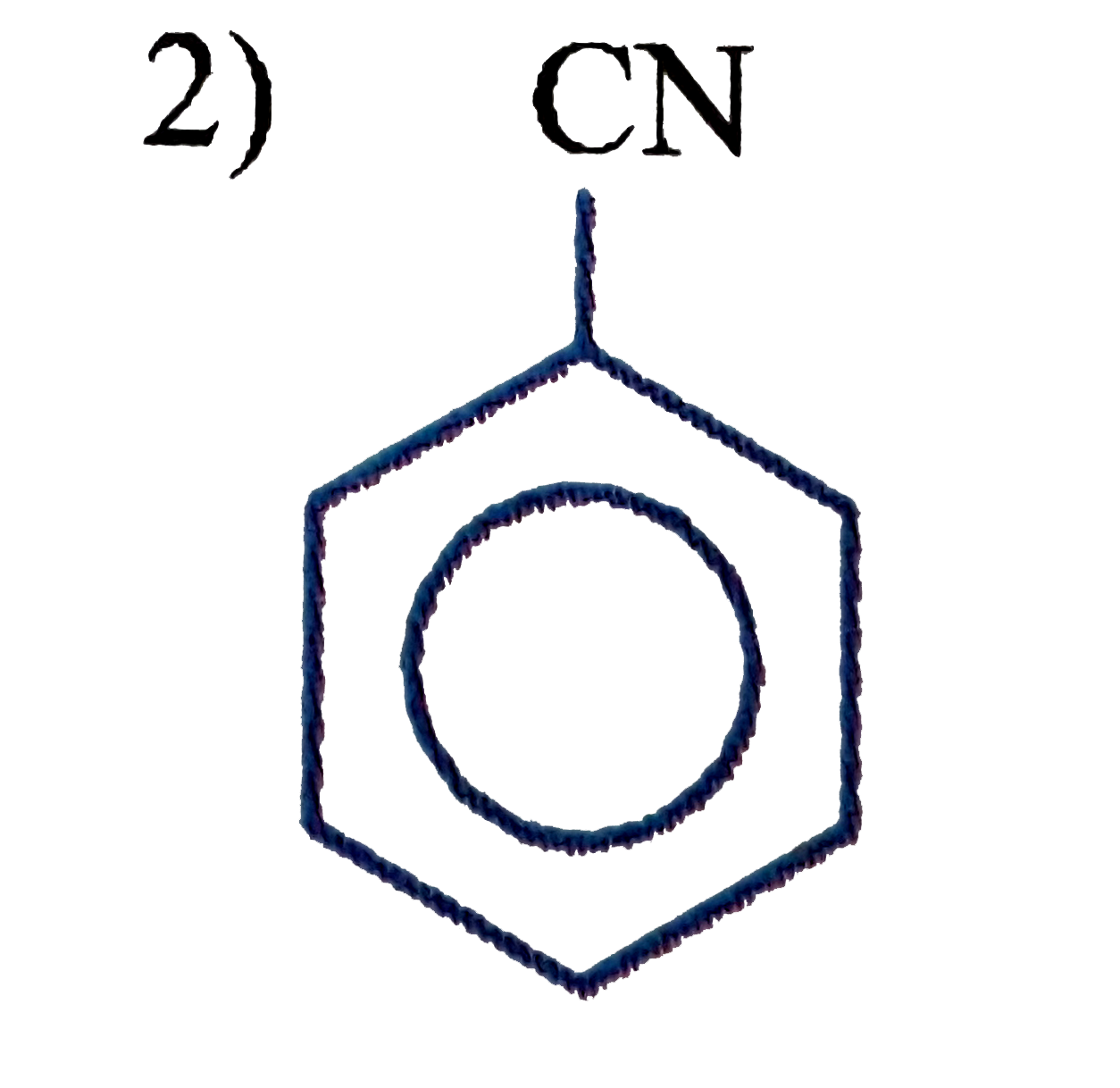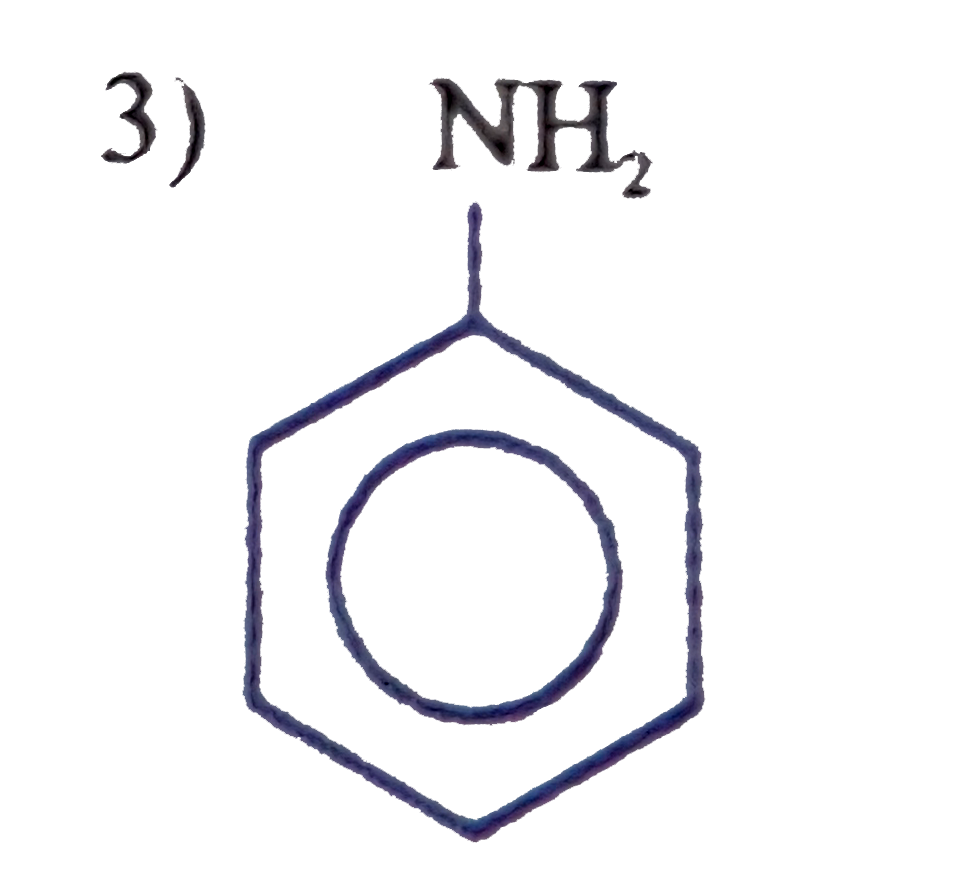An organic compound 'A' on heating with concentrated H2SO4 forms a compound 'B' which on addition of one mole of hydrogen in presence of Ni forms a compound 'C'. One mole of compound 'C' on combustion forms two moles of CO2 and three moles of H2O.
Which of the following represents the compound 'C' ?
C2H6, a saturated hydrocarbon
C2H4, an unsaturated hydrocarbon
HCOOH, an unsaturated acid
C2H5OH, a saturated alcohol
The correct Answer is:A
To solve the problem step by step, we need to analyze the information given about the organic compounds A, B, and C.
Step 1: Identify Compound A
The problem states that an organic compound 'A' is heated with concentrated sulfuric acid (H₂SO₄). This reaction typically involves dehydration of an alcohol, leading to the formation of an alkene.
Hint: Think about common alcohols that can undergo dehydration.
Step 2: Determine the Structure of Compound B
Since we are starting with an alcohol, let's assume compound A is ethanol (C₂H₅OH). When ethanol is heated with concentrated H₂SO₄, it undergoes dehydration to form ethene (C₂H₄). Therefore, compound B is ethene.
Hint: Remember that dehydration reactions remove water and often lead to the formation of double bonds.
Step 3: Identify Compound C
The next step involves the addition of one mole of hydrogen (H₂) to compound B (ethene) in the presence of nickel (Ni). This is a hydrogenation reaction, which converts the alkene (ethene) into an alkane. The product of this reaction is ethane (C₂H₆), which is compound C.
Hint: Hydrogenation reactions typically convert unsaturated hydrocarbons (like alkenes) into saturated hydrocarbons (like alkanes).
Step 4: Combustion of Compound C
The problem states that one mole of compound C (ethane) on combustion produces two moles of CO₂ and three moles of H₂O. The combustion reaction for ethane can be represented as follows:
C2H6+7/2O2→2CO2+3H2O
This confirms that the combustion of ethane produces the correct stoichiometric amounts of carbon dioxide and water.
Hint: Check the balanced combustion equation to verify the products formed.
Conclusion
Based on the above steps, we conclude that compound C is ethane (C₂H₆).
Final Answer
The compound 'C' is C₂H₆ (ethane).
The problem states that an organic compound 'A' is heated with concentrated sulfuric acid (H₂SO₄). This reaction typically involves dehydration of an alcohol, leading to the formation of an alkene.
Since we are starting with an alcohol, let's assume compound A is ethanol (C₂H₅OH). When ethanol is heated with concentrated H₂SO₄, it undergoes dehydration to form ethene (C₂H₄). Therefore, compound B is ethene.
The next step involves the addition of one mole of hydrogen (H₂) to compound B (ethene) in the presence of nickel (Ni). This is a hydrogenation reaction, which converts the alkene (ethene) into an alkane. The product of this reaction is ethane (C₂H₆), which is compound C.
The problem states that one mole of compound C (ethane) on combustion produces two moles of CO₂ and three moles of H₂O. The combustion reaction for ethane can be represented as follows:
Based on the above steps, we conclude that compound C is ethane (C₂H₆).
The compound 'C' is C₂H₆ (ethane).
Topper's Solved these Questions
- BOOK - MTG IIT JEE FOUNDATIONCHAPTER - CARBON AND ITS COMPOUNDS EXERCISE - Integer/Numerical Value Type5videos
CARBON AND ITS COMPOUNDS
- BOOK - MTG IIT JEE FOUNDATIONCHAPTER - ATOMIC STRUCTURE EXERCISE - Exercise (Integer/Numerical Value Type)5videos
ATOMIC STRUCTURE
- BOOK - MTG IIT JEE FOUNDATIONCHAPTER - CHEMICAL BONDING EXERCISE - Exercise (Integer/Numerical Value Type )5videos
CHEMICAL BONDING
Similar Questions
An organic compound A on heating with concentrated H2SO4 forms a compound B which on addition of one mole of hydrogen in presence of Ni forms a compounds C. One mole od compound C on combustion form two moles of CO2 and three moles of H2O. Identify the compounds A,B and C write the chemical equation of the reactions involved.
View SolutionAn organic compound A on heating with concentrated H2SO4 forms a compound B which on addition of one mole of hydrogen in presence of Ni forms a compounds C. One mole od compound C on combustion form two moles of CO2 and three moles of H2O. Identify the compounds A,B and C write the chemical equation of the reactions involved.
View Solution
Knowledge Check
- Question 1 - Select One
An organic compound 'A' on heating with concentrated H2SO4 forms a compound 'B' which on addition of one mole of hydrogen in presence of Ni forms a compound 'C'. One mole of compound 'C' on combustion forms two moles of CO2 and three moles of H2O.
When 'B' and 'C' are added separately to the test tubes conrtaining orange-brown liquid 'X', the colour disappears in case of 'B' but remains same in case of 'C'. The name of the liquid 'X' and the substance responsible for colour change are respectivelyAalkaline KMnO4 solution and ethanoic acidBalkaline KMnO4 and ethanolCbromine water and 1, 2-dibromoethaneDbromine water and 1, 1, 2, 2-tetrabromoethane. - Question 2 - Select One
An aromatic compound 'A' on treatment with aqueous ammonia and heating forms compounds 'B' which on heating with Br2 and KOH forms a compound 'C' of molecular formula C6H7N.
The compound 'B' isA B
B C
C D
D
- Question 3 - Select One
An aromatic compound 'A' on treatment with aqueous ammonia and heating forms compounds 'B' which on heating with Br2 and KOH forms a compound 'C' of molecular formula C6H7N.
The compound 'A' may beA B
B C
C D
D
An organic compound 'X' on heating with conc. H2SO4 forms a compound 'Y' which on addition of one molecule ofhydrogen in the presence of nickel forms a compound 'Z'. One molecule of compound 'Z' on combustion forms two molecules of CO2 and three molecules of H2O. Identify, giving reasons the compounds X,Y and Z. write the chemical equations for the reactions involved.
View SolutionAn organic compound A reacts with sodium hydroxide to form a compound B. B when heated with sodalime forms a compound B. B when heated with sodalime forms a compound C.One mole of C burns in oxygen to produce one mole of CO2 and two moles of H2O. Identify A, B and C.
View SolutionNo. of moles of H2O gas evolved when one mole of the following compound reacts with sodium.
 View Solution
View SolutionNo. of moles of H2 gas evolved when one mole of the following compound reacts with sodium.
 View Solution
View SolutionThe combustion of one mole of a compound yields 3.0 moles of CO2, and 4.0 moles of H2O. The empirical formula of this compound is.
View Solution
